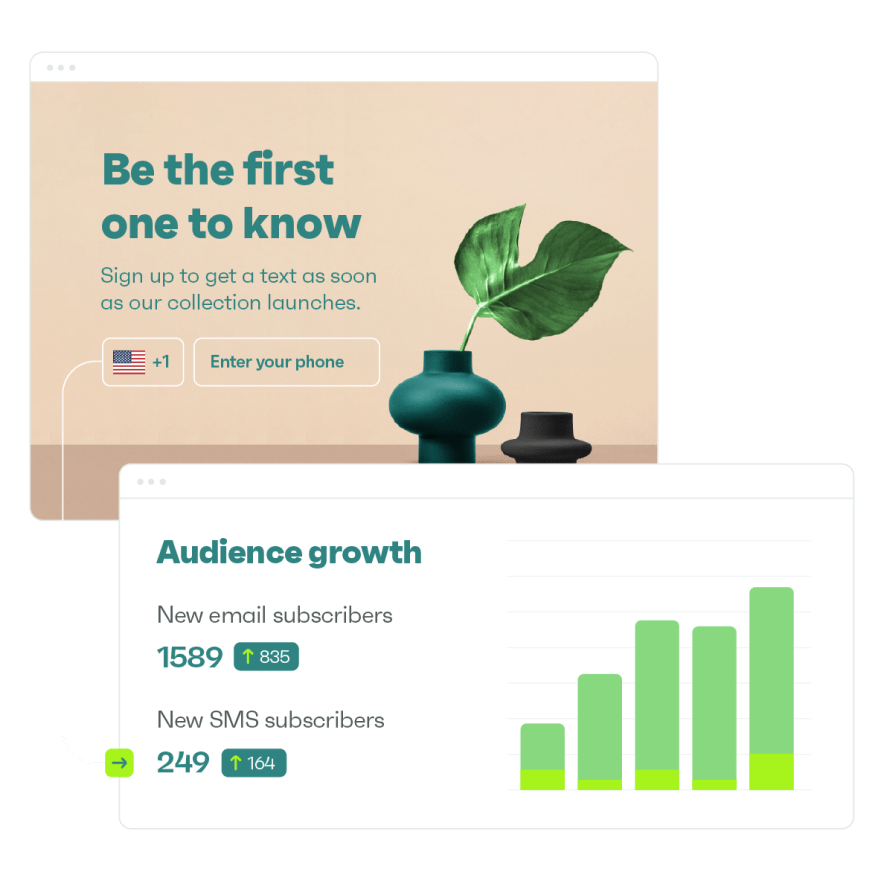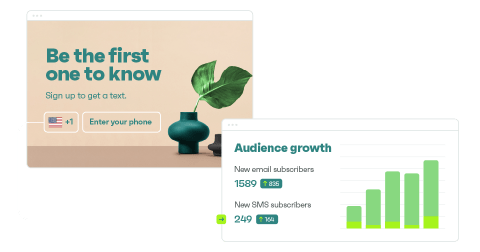Drive sales on autopilot with ecommerce-focused features
See FeaturesProduct Returns: How to Nail Them
Naturally, every ecommerce merchant wants to avoid product returns whenever possible. However, the reality is that more than ten percent of online retail sales end up being returned, leading to a total of $428 billion in product returns in 2020 alone.
Reactions to product returns vary from merchant to merchant. Some develop strict policies that make it more difficult for customers to send back unwanted items. Others fight tooth and nail to make things right before resorting to returns.
As a merchant, there’s no sense in trying to fight product returns. Making the return process less consumer-friendly will push leads away before they make the purchase in the first place.
Worse yet, customers who are unable to return something they don’t want will be far less likely to place another order in the future. They may even leave negative reviews that put others off making purchases at all.
Our guide to product returns focuses on making the process simpler and more transparent. Rather than trying to stop customers from returning products, try to make a positive impression and keep them interested in placing another order later on.
With this in mind, let’s explore what digital marketers need to know about product returns in 2021.
Why Do Customers Return Products?
Consumers send products back for a number of different reasons, so there’s no single factor behind product returns. However, merchants can sort returns into one of two categories: controllable and uncontrollable.
Controllable returns include products sent back for reasons that can be traced back to the seller. For example, products being damaged during shipping. If customers are frequently returning products damaged during shipping, you need to find a new way to package their orders.
On the other hand, there’s nothing merchants can do about uncontrollable returns. This is particularly true for brands that sell clothing and other appearance-oriented items.
Customers might feel differently about the product they receive than the expectations of the product as it’s shown online. It’s unavoidable—this percentage of product returns is simply the cost of doing business.
The most common factors behind product returns vary widely between industries and even from one merchant to another. Understanding why your customers send items back is a crucial step toward optimizing your approach to product returns.
Optimizing the Return Process
Adding unnecessary complications to the return process is one of the most common mistakes made by digital marketers in 2021. Making it more difficult to send products back will only give them a negative impression and reduce the likelihood of a repeat purchase.
Optimizing the return process is all about removing friction. You should strive to help customers get a refund or exchange as quickly and painlessly as possible. Many consumers are accustomed to buying from Amazon and other ecommerce giants—even small merchants need to provide an effortless return experience.
For example, offering printable shipping labels will make it easier for customers to package and label their returns. Automated labels are also much more reliable than handwritten labels, helping you avoid incorrect addresses and other common issues.
Managing different kinds of returns can be complicated for merchants that sell products both online and in-store. Customers appreciate the option to mix and match, such as by buying a product online and returning it at a physical store.
Remember, if you have a brick-and-mortar store, bringing online customers to your store gives them a chance to see your products in person. This grants the potential to make another purchase to replace the item they’re returning.
Crafting a Return Policy
The return policy is your chance to set clear expectations for your customers. A clear policy lets visitors know how long they have to start the return process after receiving an order.
It should also outline other important rules and restrictions. For example, who pays for return shipping and which types of items are eligible for return or exchange.
Keep in mind that most customers won’t look for your return policy on their own. To minimize controllable returns, make sure that visitors naturally encounter the policy at least once while creating an order.
For example, you could include policy information on a product page and repeat it again during checkout.
Processing Returns Quickly
Slow return processing will lead to negative experiences and added pressure on your customer service team to explain the delay. It shouldn’t take you more than one or two business days to process a refund or exchange after receiving the item.
The standard turnaround for return processing should be included in your return policy. If you don’t offer that information up front, your support staff will end up fielding daily calls from customers who are wondering when they’ll receive their refund.
Consumers expect to be able to track orders—and they also expect brands to offer tracking and proactive updates when it comes to product returns. It should be easy for customers who are sending products back to see the status of their return.
Refunding Payments
When customers return products, they expect the merchant to refund the cost to the original payment method. This is a common ecommerce practice across industries. You should always give customers this option, as it would meet their expectations.
That being said, you can also offer store credit as an alternative to standard refunds. You can provide small perks to encourage your customer to opt for credit. For example, waiving restocking fees or providing loyalty scheme points.
Offering credit can benefit both merchants and customers—it prevents customers from taking their cash and spending it somewhere else.
Analyzing Return Data
Product return data is a valuable resource. It offers key insights into buyer behavior and trends. While some returns are unavoidable, keeping an eye on return data will help you eliminate returns—all while optimizing the customer experience.
One example of these insights is with merchants that sell clothing. For example, if customers are constantly exchanging clothes for another size, look for ways to help them identify the right size more frequently.
Similarly, products that are returned more often than others may be defective or simply fail to meet buyer expectations. This grants the opportunity to reflect on which products are selling, or rather, why some aren’t selling.
You should notice a gradual decrease in returns as you take more and more steps to address common complaints. Remember to ask customers for feedback during the return process—with these insights, you can respond to the issue and minimize returns in the future.
Re-Engaging After a Return
Just because a lead makes a return doesn’t mean they won’t come back in the future. It’s common knowledge that it’s much cheaper to sell to an existing customer than a new one. With this in mind, audience retention should play a key role in your sales funnel.
At the end of each return, send the customer a quick email to request feedback. You can even cross-sell other products they might be interested in. Your email marketing platform should make it easy to set up re-engagement emails with personalized recommendations based on each user’s purchase history.
Wrap Up
No ecommerce merchant can avoid product returns. However, these tips will help reduce returns and streamline the customer experience.
Regardless of whether you’re handling returns or looking to reduce them, the right platform can make a world of difference. With Omnisend, you can utilize marketing automation to handle product returns, along with customer intelligence to cater to your audience—wherever they are in the funnel.
Sign up to Omnisend for free today to see how the platform can take your digital marketing strategies to the next level.
quick links
related features
No fluff, no spam, no corporate filler. Just a friendly letter, twice a month.



